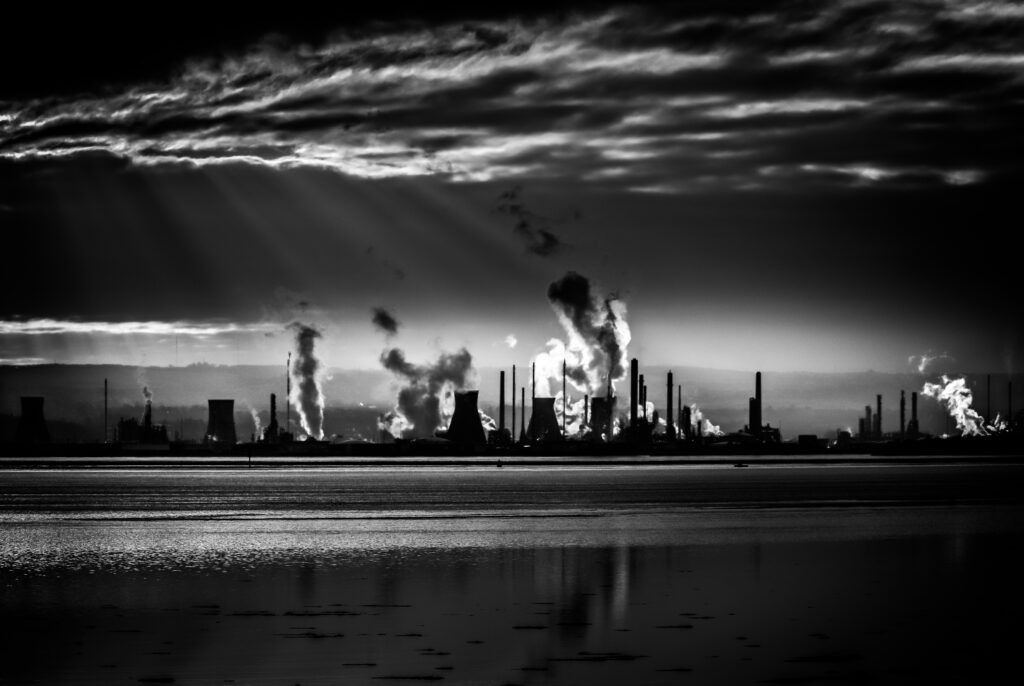Like many industries, real estate is affected by climate change. So, if you’re a buyer or thinking about getting into the market, it’s important to consider some additional factors before purchasing your next property.
Here are five elements of climate change that you should consider before making an offer and agreeing to a purchase of your next home:
Climate Change Factors
- Extreme Weather Events
- Energy Access
- Building Materials
- Rising Temperatures
- Insurance Rates
Extreme Weather Events
While the rise of hurricanes in the North Atlantic does not directly affect property in the GTA, most of us remember the torrential downpour of July 2013. Power outages, tree damage, and flooding plagued many area homeowners. Additionally, city infrastructure was damaged, and sewers overflowed. With the frequency of these extreme weather events expected to increase over the next 50 years, check your existing or prospective properties for:
- Basement flooding vulnerability/preventative measures
- Older or damaged trees that could come down in a storm
- Drainage effectiveness of gutters and within the neighbourhood (sewers and standing water)
- Proximity to floodplains
It may seem outlandish to think that forest fires could wreak havoc on properties in the GTA. But extreme weather also includes drought in addition to heavy winds and rain. If you’re outside dense urban areas, evaluate your property for risk by looking at nearby wooded areas and any barriers that could prevent a wildfire from destroying your property.
Energy Access
Energy sources can be jeopardized during weather events. Making your home self-reliant is important to consider, whether that’s installing a heat pump or solar panels, or purchasing a generator. In cases of emergency, making your home less reliant on outside energy sources protects you from unpredictable times. If a possible home doesn’t have these options, determine if it can be retrofitted for each.
Building Materials
Homes that are made with better materials can thrive under today’s conditions. Whether that’s fire and heat-resistant composition, or energy-efficient construction, it’s key that your home is ready for changing weather patterns and can adapt when needed.
Rising Temperatures
With warmer temperatures and extreme heat, the demand on both the energy grid and the water supply increases. Reducing your home’s reliance on electricity to keep your home cool by replacing inefficient doors, windows, and insulation goes a long way. Before you purchase a home, check windows, doors, insulation, and the quality of the HVAC system to know what you’re getting into.
Insurance Rates
All of the above factors contribute to the insurance rate that you will pay to protect your biggest asset. Reducing vulnerabilities that your existing or new home has can help lower your rates. Whether a home is energy efficient, constructed of sustainable materials, and does not lie on or near a flood plain will keep your rates lower. While weather events can’t be predicted, there are factors that you can control that will protect your home and investment, not to mention your family.
Are you considering a new home this year? I’d be happy to help you evaluate all of these factors for prospective homes.
Are you ready to move to the next stage? Let’s chat. Send me an email (hillary@hillarylane.ca) or text/phone (416-882-4707).
Photo by Malcolm Lightbody on Unsplash






